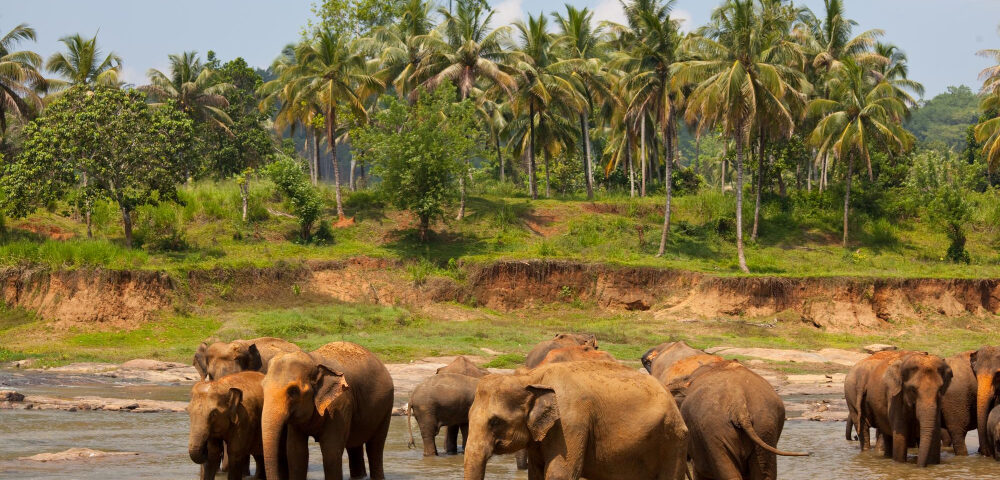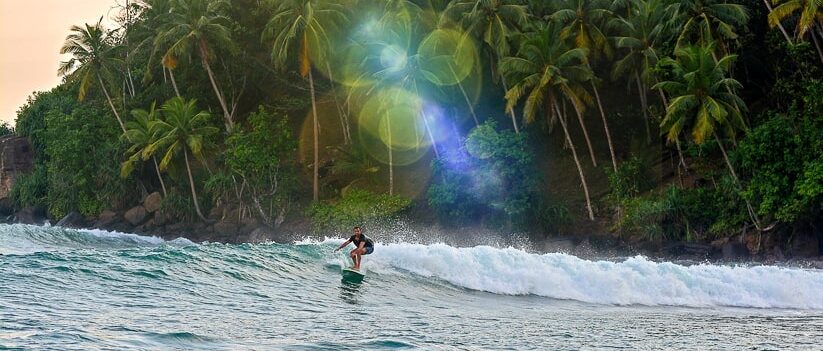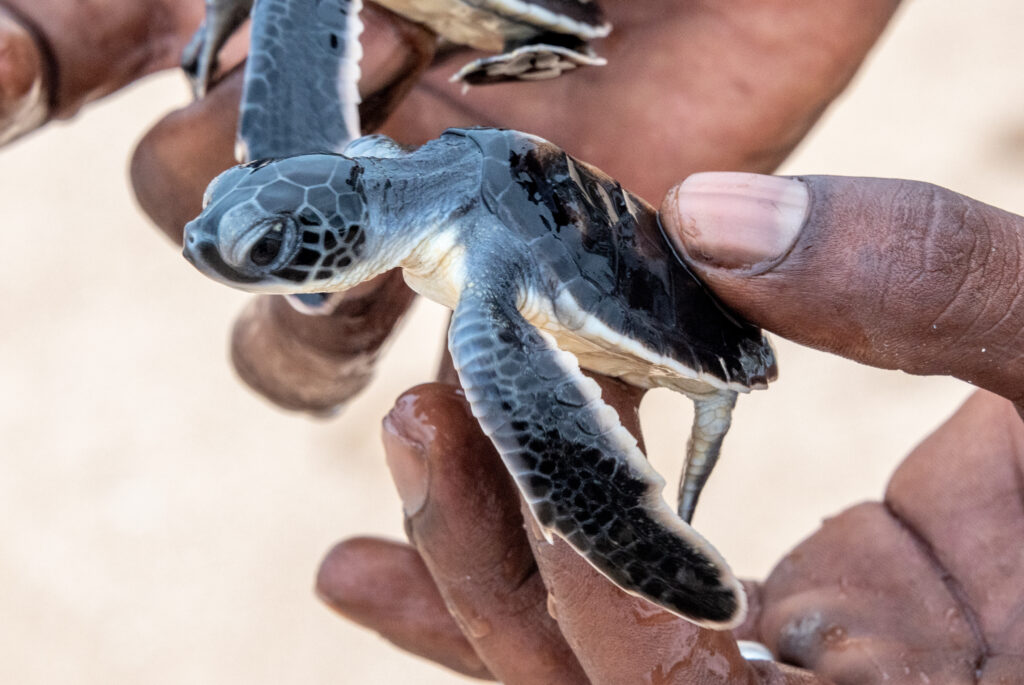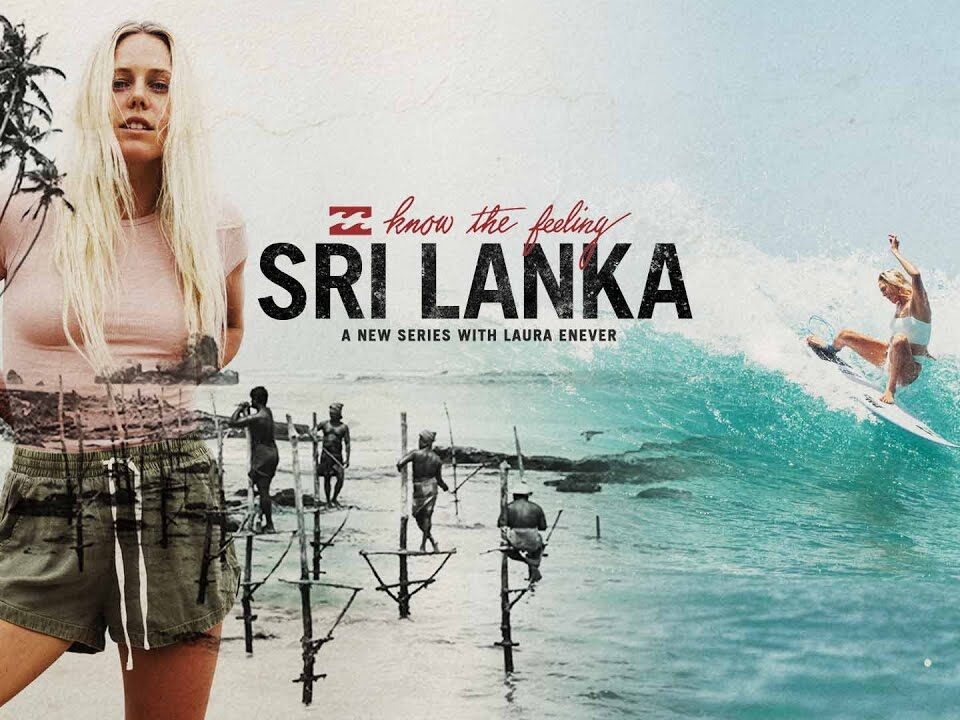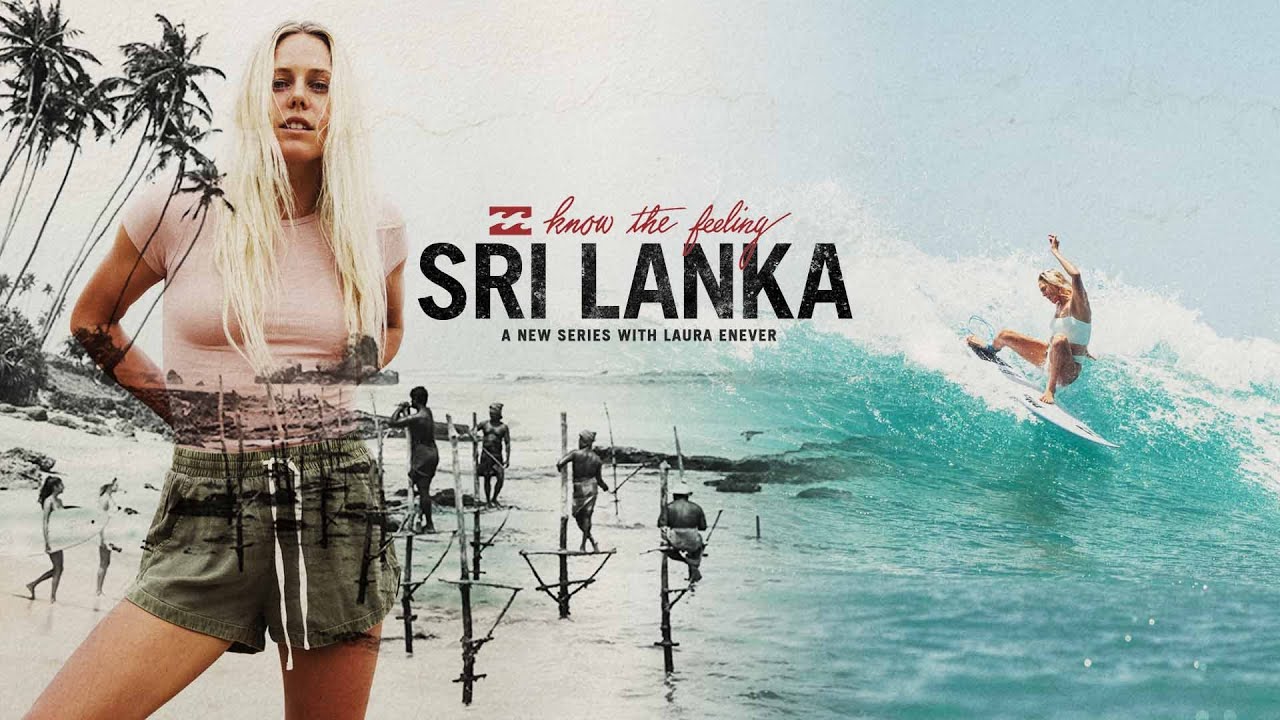
Surf trip Sri Lanka, feedback from Laura Enever: Billabong surfer
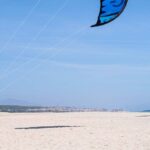
When to kitesurf in Tarifa?
Bathed in the warm currents of the Indian Ocean, and with almost 1600 kilometres of palm-fringed coastline, Sri Lanka is an incredible surfing destination . Located just south of India on the Indian Ocean, you’ll find a land of magnificent scenery, with lagoons, fertile wetlands, mysterious forests, mountains, rivers and cascading waterfalls. Sri Lanka has wildlife not found in any other ecosystem, inspiring historical and religious sites and a culture rich in tradition. With the west and east coasts receiving different swells, Sri Lanka is also a year-round surf travel destination .
A few facts:
This means you can travel to Sri Lanka all year round and choose the coastline accordingly. If weather is not an issue and you want to take advantage of Sri Lanka’s best weather and surfing conditions, it is often said that the best time to surf in Sri Lanka is between April and October, when solid swells up to 2.5 metres high and offshore winds hit the east coast. That’s why Arugam Bay is sometimes packed.
- Two opposing coasts offering waves all year round
- Ideal for beginners and intermediate surfers
- Friendly locals and a rich culture add to the experience.
- Incredible flora and fauna on land and in the sea
Where to surf?
When to leave?
Sri Lanka can be divided into two seasons, November to April and May to October. During the months of November to April, the best part of the country for surfing is the South West coast, with Hikkaduwa being the main surfing area at this time of year. During the months of May to October, the best part of the country is the east coast, with Arugam Bay being the main surfing area at this time of year. When the monsoon hits the west coast, the endless beaches on the other side of the island stretch out under a blazing sun. Simply choose your coast and your season and you won’t be disappointed.
Attractions
For those who can’t tear themselves away from the sea, try whale and dolphinwatching or lying on one of the island’s pristine beaches. Inland, check out Yala National Park, home to the world’s densest population of spotted leopards. You can also spot elephants, tropical birds, lizards and a wide variety of flora and fauna. There are also numerous trekking trails, including Adam’s Peak, at an altitude of 2,243 m. For a cultural treat, visit Ceylon’s tea plantations in the central highlands or some of the country’s oldest cities, such as Colombo, Kataragama, Kandy and Galle.
The country
Sri Lanka, which means “shining island” in Sanskrit, is nestled in the south-east corner of India, 5° north of the equator, in the temperate Indian Ocean. From the time of the Silk Road, the island was at the centre of the region’s shipping and trade routes, giving rise to a wonderful multicultural community of many religions, ethnicities and languages. Today, Sinhalese and Tamil are the two official languages of Sri Lanka, although English is widely spoken, particularly in tourist areas. The island’s coastline, almost 1,600 km long, offers palm-fringed beaches that have remained surprisingly undeveloped despite the boom in tourism. The interior of the island offers a variety of landscapes, from wildlife-rich jungles to 51 natural waterfalls, Ceylon tea plantations and mountain peaks reaching over 2,100 metres. Despite its small size, it has the highest density of biodiversity in the whole of Asia. Average annual temperatures range from 28°C to 31°C.
How do I get there?
Sri Lanka’s main airport is Colombo-Bandaranayake(CMB) International Airport . There are many non-stop flight options from Europe, Australia and Asia.
Travel information
Time zone: UTC+05:30
Currency: LKR – Sri Lankan rupee
Area code: +94
Electricity: 230 V
The best surfing destinations in Sri Lanka :
Sri Lanka has two major surfing centres: the Southern Province, around Galle, Ahangama, Weligama and Matara, and the Eastern Province, around Arugam Bay.
The Southern Province
The south coast has the highest density of waves in Sri Lanka. There are small, gentle beach breaks, long peeling points, hollow reefs and barrel waves for all levels of surfer.
In the Galle district, Hikkaduwa is a long palm-fringed beach, perfect for beginners and intermediate surfers, with waves that break slowly. Off the coast of Galle, Unawatuna has a shallow beach break with gentle waves, as well as a reef for more experienced surfers.
Midigama is a favoured base camp for most of the well-known surf spots on the south coast. Lazy Left and Lazy Right are both as gentle as their names suggest. Rams Right is a shallow, hollow reef break for advanced surfers. The Rock is considered the second best wave in Sri Lanka, after Arugam Bay.
In the Matara district, Weligama is one of the best beginner surf spots in Sri Lanka, and an excellent longboard spot too. What’s more, there are more than 20 surf breaks in the surrounding area.
“Join a surf camp in Weligama.”
East of Weligama, Mirissa is one of the most popular surf spots on the south coast, but also one of the busiest. The reef wave on the right is ideal for beginners and a great playground for intermediates.
The Eastern Province
Arugam Bay is the surfing capital of the Eastern Province. There are two main surf spots in this picturesque moon-shaped bay: Baby Point is the spot for beginners and Main Point is recommended for advanced surfers.
South of Arugam Bay, Elephant Rock is an incredibly picturesque surf spot where you may even spot wild elephants strolling along the beach at sunset. It is considered to be the best beginner surfing beach on the east coast.
More experienced surfers can check out the waves at Pottuvil Point, Whiskey Point and Okanda, all easily accessible from Arugam Bay.
“To find out more about the waves, read our guide to the best surf spots in Sri Lanka.”
How to budget for your surf trip to Sri Lanka
Sri Lanka is an affordable surfing destination, and you can find all types of accommodation, from budget to luxury. In fact, the most expensive part of your trip will be getting there and finding accommodation. Food is fairly cheap and you can save on transport if you opt for trains, tuk-tuks and scooters.
Don’t forget that the monsoon season is the low season (May to August) in Sri Lanka. Many businesses close during this period due to the lack of tourists. There will be fewer options for eating and sleeping.

